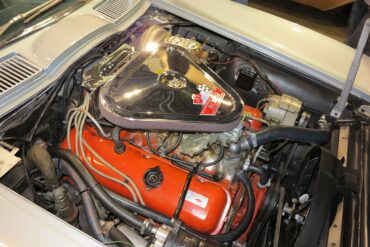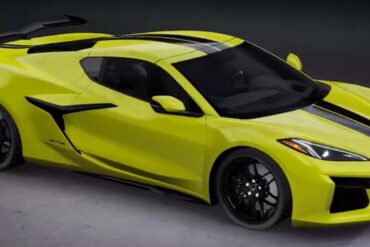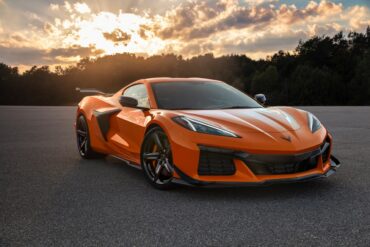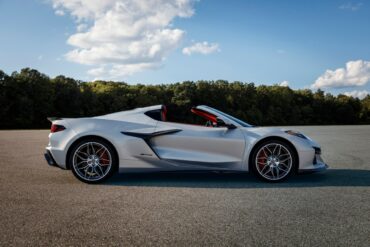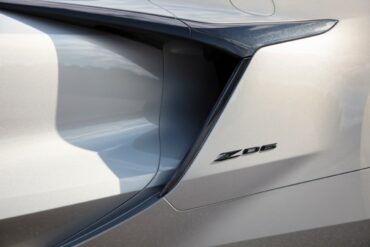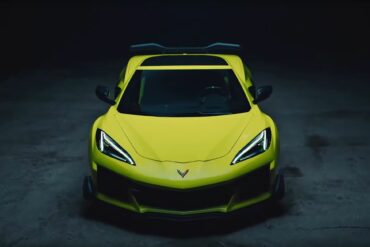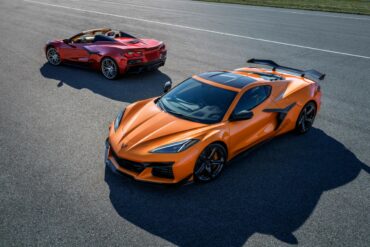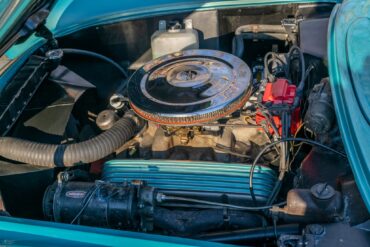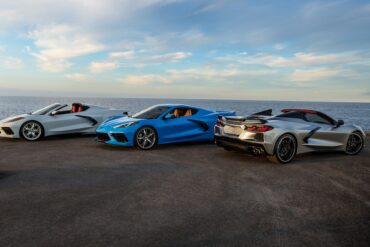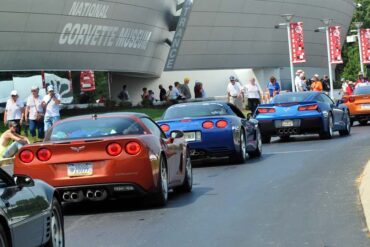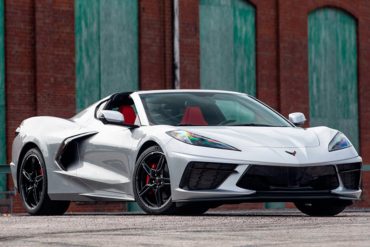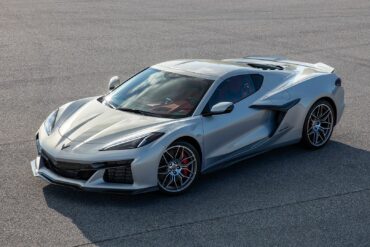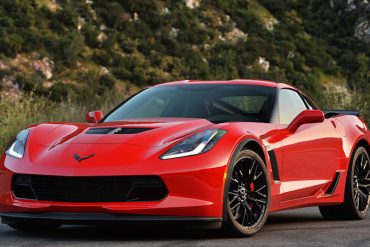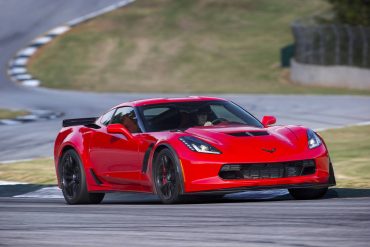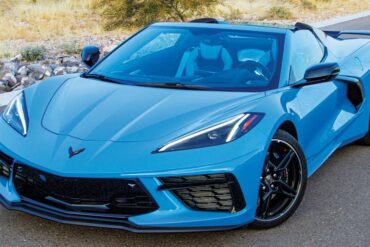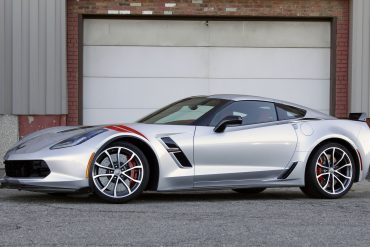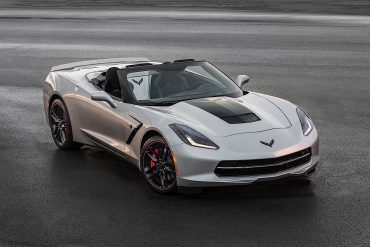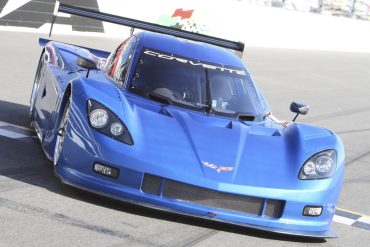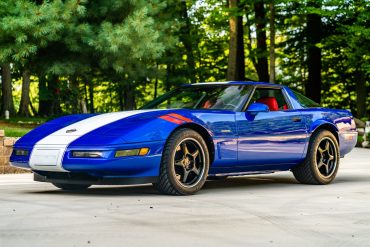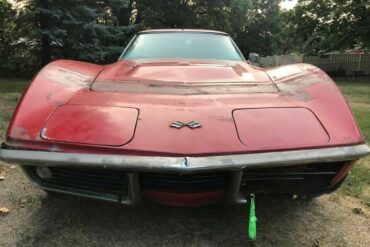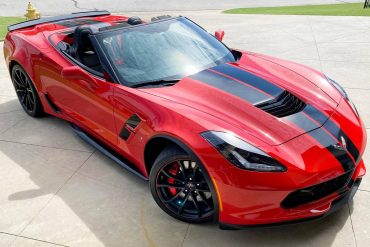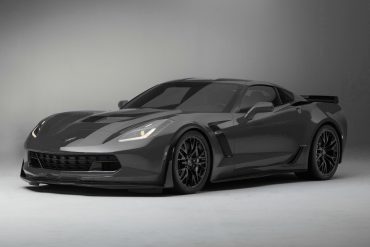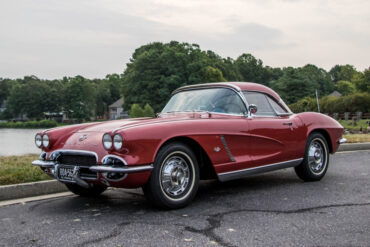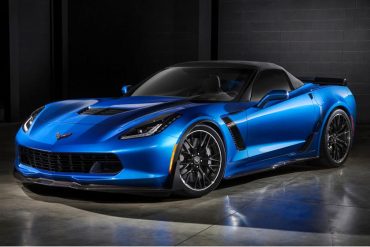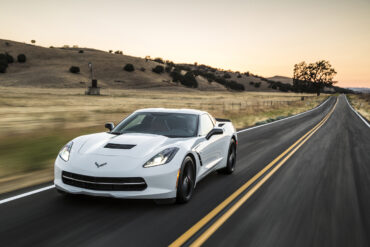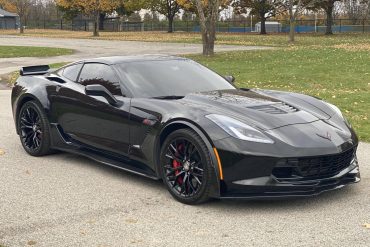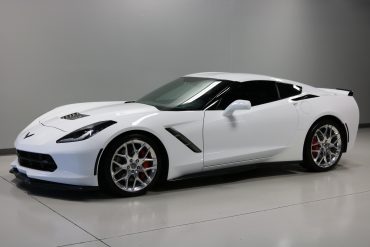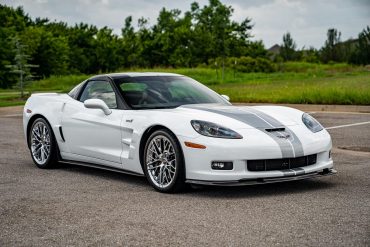By the 1960s the Corvette was beginning to hit its stride, especially in terms of performance. While the GM small-block reigned supreme initially, the 1960s would see the rise of the high-displacement big-block, complete with 400-plus horsepower. This was on par with the times, as the horsepower wars of the muscle car era were in full swing. This resulted in several extremely memorable power plants.
All
- C1 Corvette
- 1953 - C1 Corvette
- 1954 - C1 Corvette
- 1955 - C1 Corvette
- 1956 - C1 Corvette
- 1957 - C1 Corvette
- 1958 - C1 Corvette
- 1959 - C1 Corvette
- 1960 - C1 Corvette
- 1961 - C1 Corvette
- 1962 - C1 Corvette
- C2 Corvette
- 1963 - C2 Corvette
- 1963 Corvette Grand Sport
- 1964 - C2 Corvette
- 1965 - C2 Corvette
- 1966 - C2 Corvette
- 1967 - C2 Corvette
- C3 Corvette
- 1968 - C3 Corvette
- 1969 - C3 Corvette
- 1970 - C3 Corvette
- 1971 - C3 Corvette
- 1972 - C3 Corvette
- 1973 - C3 Corvette
- 1974 - C3 Corvette
- 1975 - C3 Corvette
- 1976 - C3 Corvette
- 1977 - C3 Corvette
- 1978 - C3 Corvette
- 1979 - C3 Corvette
- 1980 - C3 Corvette
- 1981 - C3 Corvette
- 1982 - C3 Corvette
- C4 Corvette
- 1984 – C4 Corvette
- 1985 – C4 Corvette
- 1986 – C4 Corvette
- 1987 – C4 Corvette
- 1988 – C4 Corvette
- 1989 – C4 Corvette
- 1990 – C4 Corvette
- 1991 – C4 Corvette
- 1992 – C4 Corvette
- 1993 – C4 Corvette
- 1994 – C4 Corvette
- 1995 – C4 Corvette
- 1996 – C4 Corvette
- C5 Corvette
- 1997 – C5 Corvette
- 1998 – C5 Corvette
- 1999 – C5 Corvette
- 2000 – C5 Corvette
- 2001 – C5 Corvette
- 2002 – C5 Corvette
- 2003 – C5 Corvette
- 2004 – C5 Corvette
- C5-R
- C6 Corvette
- 2005 – C6 Corvette
- 2006 – C6 Corvette
- 2007 – C6 Corvette
- 2008 – C6 Corvette
- 2009 – C6 Corvette
- 2010 – C6 Corvette
- 2011 – C6 Corvette
- 2012 – C6 Corvette
- 2013 – C6 Corvette
- C6.R
- C7 Corvette
- 2014 – C7 Corvette
- 2015 – C7 Corvette
- 2016 – C7 Corvette
- 2017 – C7 Corvette
- 2018 - C7 Corvette
- 2019 - C7 Corvette
- C7.R
- C8 Corvette
- 2020 - C8 Corvette
- 2021 - C8 Corvette
- 2022 - C8 Corvette
- 2023 – C8 Corvette
- 2023 Corvette Z06
- 2024 – C8 Corvette
- 2024 Corvette E-Ray
- 2024 Corvette Z06 GT3.R
- 2024 Z06
- 2025 ZR1
- Z06 GT3.R
- C8.R
- C9 Corvette
Corvette Generation
We Look At All the Features Available in the 2023 Z06 Corvette Configurator As We Design Our Own…and You Can...
Now that the 2023 Corvette C8 Z06’s 5.5L LT6 engine has been revealed with its specifications, it has already been...
The 2023 Corvette Z06 Has Been Revealed…and IT IS SPECTACULAR! On October 26, 2021, shortly after 11:00AM CST, Chevrolet introduced...
There really isn’t much more to say, really. Here is the full 45 minute reveal from when it was streamed...
First of all, if you haven’t watched the 2023 Corvette C8 Z06 reveal video, you can watch it below: While...
With the reveal of the new 2023 C8 Z06 earlier today, Corvette enthusiasts around the world are buzzing with confirmed...
Through our “Sell My Corvette” feature here on CorvSport.com, we’ve had multiple submissions of everything from barn find cars to...
Each Corvette engine is meticulously refined to the point of near-perfection before being greenlit for production. This tradition dates back as far as the Corvette itself—taking root in pre-production efforts of 1952-1953, with the development of the "Blue Flame" inline-six. Amazingly, less than a decade later, consumers could choose to have their Corvette equipped with a 327CI fuel-injected V8.
Recently, there have been a lot of buzz on the newly revealed Chevrolet Corvette C8 Convertible and rightly so. It...
Rumors regarding the Corvette E-Ray has been around for a very long time. As early as 2015, it has been...
Are Some Corvettes Better Than Others? Since its introduction in 1953, the Chevy Corvette has been recognized as one of...
Looking for information on how to maintain your 2006 Corvette? We've curated resources to help you keep your Corvette in great shape for years to come!
GM Has Unveiled Their Latest Iteration of the C8 Corvette Stingray – Introducing the 2023 Corvette Z06! On August 20,...
See the complete technical specifications and performance information for the 2019 Chevrolet Corvette, including engine specs, acceleration, & quarter mile.
See the complete technical specifications and performance information for the 2018 Chevrolet Corvette, including engine specs, acceleration, & quarter mile.
Production of the 2021 Mid-Engine Corvette Stingray was cut short by General Motors. Production of the 2021 MY (model years) was paused in May and June, 2021, due in large part to an ongoing shortage of semiconductor chips. The Coupe proved the more popular bodystyle.
See the complete technical specifications and performance information for the 2017 Chevrolet Corvette, including engine specs, acceleration, & quarter mile.
See the complete technical specifications and performance information for the 2016 Chevrolet Corvette, including engine specs, acceleration, & quarter mile.
For the 2012 Grand-Am season, Chevrolet was the first to unveil it's new DPG3 bodywork. This Corvette body kit will be built by Pratt & Miller and will be sold to customer teams. These body kits will fit on any existing Coyote, Riley, or Dallara chassis. This Corvette DP will be powered by a 5.0L V8 making 530BHP @ 7,000rpms and 450ft-lbs at 5,500rpms.
Priced at an additional $3250 for the coupe or an additional $2880 for the convertible, the Grand Sport package included exclusive Admiral Blue paint and featured a single white stripe that ran the length of the body as well as two red accent stripes (also known as “Sebring Stripes”) on the driver side front fender. This unique paint scheme was deliberately developed by GM to pay homage to the classic Corvette Grand Sport Racer of the 1960’s.
AUCTION: Here’s your chance to build the 1968 Corvette Coupe of your dreams!! When Chevrolet introduced the third-generation Corvette in...
Looking for information on how to maintain your 2019 Corvette? We've curated resources to help you keep your Corvette in great shape for years to come!
See the complete technical specifications and performance information for the 2015 Chevrolet Corvette, including engine specs, acceleration, & quarter mile.
FOR SALE: A Beautiful 1962 Corvette 327/300 4-Speed It’s been a minute since we posted a car for sale on...
Looking for information on how to maintain your 2018 Corvette? We've curated resources to help you keep your Corvette in great shape for years to come!
See the complete technical specifications and performance information for the 2014 Chevrolet Corvette, including engine specs, acceleration, & quarter mile.
Looking for information on how to maintain your 2017 Corvette? We've curated resources to help you keep your Corvette in great shape for years to come!
Looking for information on how to maintain your 2016 Corvette? We've curated resources to help you keep your Corvette in great shape for years to come!
See the complete technical specifications and performance information for the 2013 Chevrolet Corvette, including engine specs, acceleration, & quarter mile.


